Celebrating Danish Festivities: From Christmas To Viking Reenactments In 2025
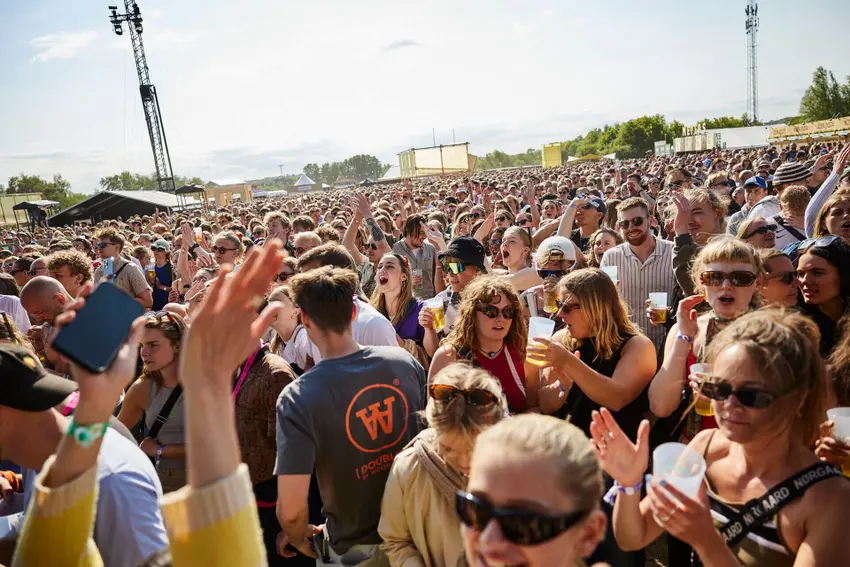

Denmark’s cultural calendar in 2025 continues to be rich with traditions, blending centuries-old practices with contemporary celebrations that attract both locals and visitors. Danish festivities are a vibrant reflection of the country’s history, creativity, and community spirit, ranging from intimate family gatherings to large-scale public events. From Christmas markets to Viking reenactments, these celebrations not only preserve Denmark’s heritage but also provide a dynamic lens into its evolving cultural identity.
Christmas in Denmark is one of the most cherished annual festivities. Known for its hygge-inspired atmosphere, Danish Christmas emphasizes warmth, togetherness, and cozy traditions. Homes are adorned with candles, wreaths, and twinkling lights, creating an inviting ambiance during the long winter months. Families gather around festive tables laden with traditional dishes such as roast pork, pickled herring, and risalamande, a rice dessert served with cherry sauce. In 2025, Danish Christmas markets continue to thrive, offering handcrafted gifts, local delicacies, and seasonal entertainment that attract both residents and tourists. These markets serve as social hubs, fostering community interaction and reinforcing cultural identity.
The celebration of St. Lucia Day on December 13 is another distinctive Danish tradition, especially in schools and communities. Young girls dressed in white robes with candles on their heads participate in processions and sing songs, symbolizing light during the darkest time of the year. In 2025, St. Lucia Day remains an important event in both urban and rural areas, reflecting Denmark’s commitment to maintaining cultural rituals while fostering inclusion and participation among the younger generation.
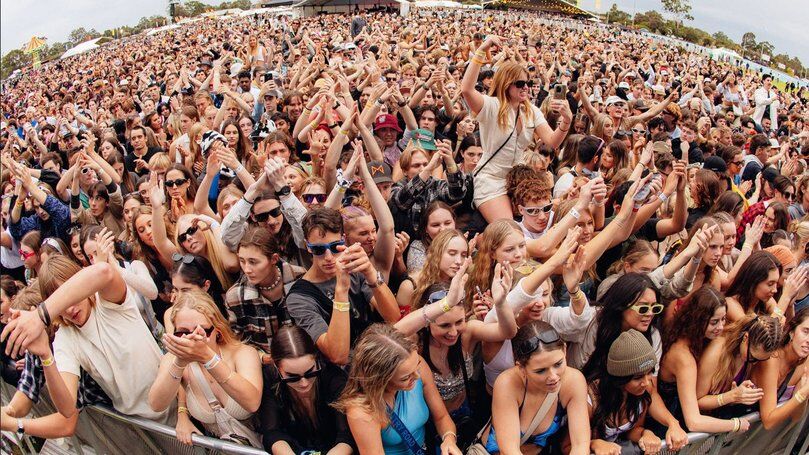
Beyond winter festivities, Denmark’s summer celebrations are equally vibrant. Sankt Hans Aften, or Midsummer Eve, is celebrated on June 23 with bonfires, music, and storytelling. The event has pagan roots, historically intended to ward off evil spirits, but in modern times, it has evolved into a community gathering that blends tradition with entertainment. Public spaces across Denmark fill with people enjoying barbecues, singing traditional songs, and sharing stories, highlighting the Danish values of social cohesion, nature appreciation, and cultural continuity.
Viking reenactments have emerged as a unique way to celebrate Denmark’s historical legacy. In 2025, these events are more popular than ever, offering immersive experiences that combine education and entertainment. Participants dress in historically accurate clothing, reenact battles, and demonstrate traditional crafts, giving audiences a hands-on understanding of Viking life. These festivals attract both history enthusiasts and casual visitors, providing insight into Denmark’s rich past while encouraging engagement with cultural heritage. Viking reenactments also highlight the importance of storytelling in Danish culture, emphasizing the transmission of values, skills, and historical knowledge from generation to generation.
Easter celebrations in Denmark are marked by both religious observances and secular customs. Children participate in egg hunts, decorate homes with flowers, and enjoy special sweets such as chocolate eggs and marzipan treats. In 2025, Easter remains a family-oriented celebration, emphasizing togetherness and seasonal renewal. Danish schools and community centers host workshops, games, and educational activities, ensuring that cultural practices are passed on while adapting to contemporary lifestyles.
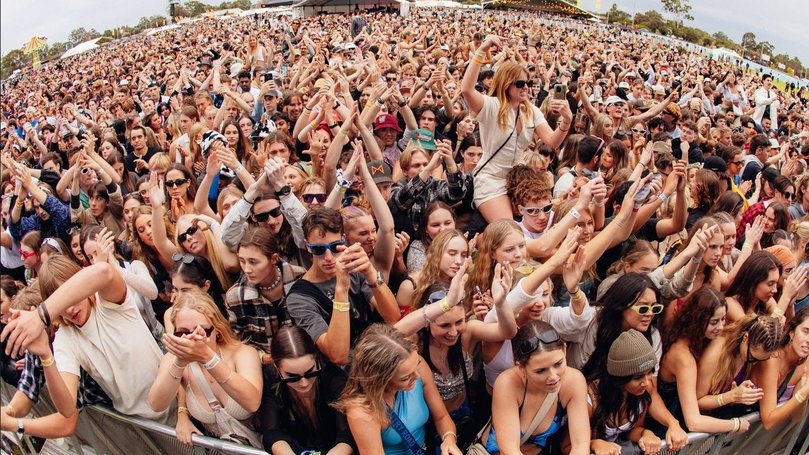
Carnival-style events like Fastelavn further demonstrate the playful side of Danish festivities. Children dress in costumes, engage in games like the “cat barrel,” and enjoy special treats, turning the event into a lively communal celebration. Urban neighborhoods in 2025 continue to host parades and themed activities, bringing residents together and reinforcing a sense of belonging.
Music and dance are integral to many Danish celebrations, from folk festivals to modern concerts integrated into traditional events. Cultural centers across Denmark host performances that mix classical, folk, and contemporary styles, reflecting the country’s openness to blending heritage with innovation. These artistic elements make Danish festivities vibrant, dynamic, and inclusive, appealing to both younger and older generations.
In conclusion, Danish festivities in 2025 highlight the country’s ability to honor tradition while embracing contemporary life. From the cozy warmth of Christmas to the educational excitement of Viking reenactments, these celebrations reflect Denmark’s cultural richness, creativity, and communal values. Festivals, rituals, and seasonal events serve as a bridge between past and present, ensuring that cultural identity is celebrated, shared, and preserved. Denmark’s approach to festivities demonstrates that tradition and innovation can coexist, making the country a vibrant and engaging cultural destination.
Film, TV, and entertainment industry news. Plus, every Friday, a special Awards Insider edition.
By signing up, you agree to our user agreement (including class action waiver and arbitration provisions), and acknowledge our privacy policy.
.jpg)
Denmark in 2025 celebrates hygge, folklore, and modern cultural practices, blending tradition, community, and creativity in daily life.
By Emil Pedersen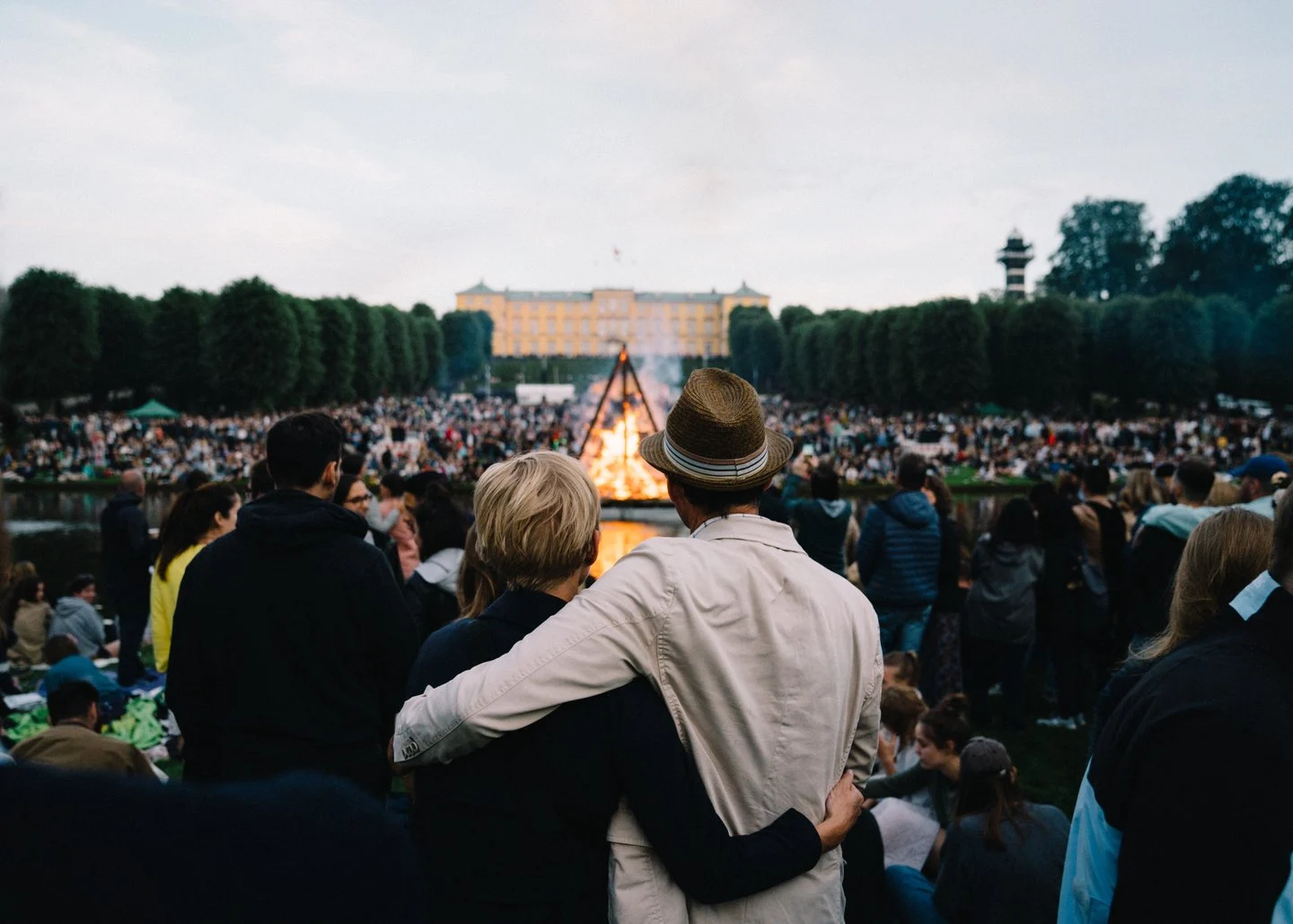
Denmark in 2025 showcases a rich tapestry of quirky customs and traditions, blending cultural heritage, community, and modern innovation in everyday life.
By Emil Pedersen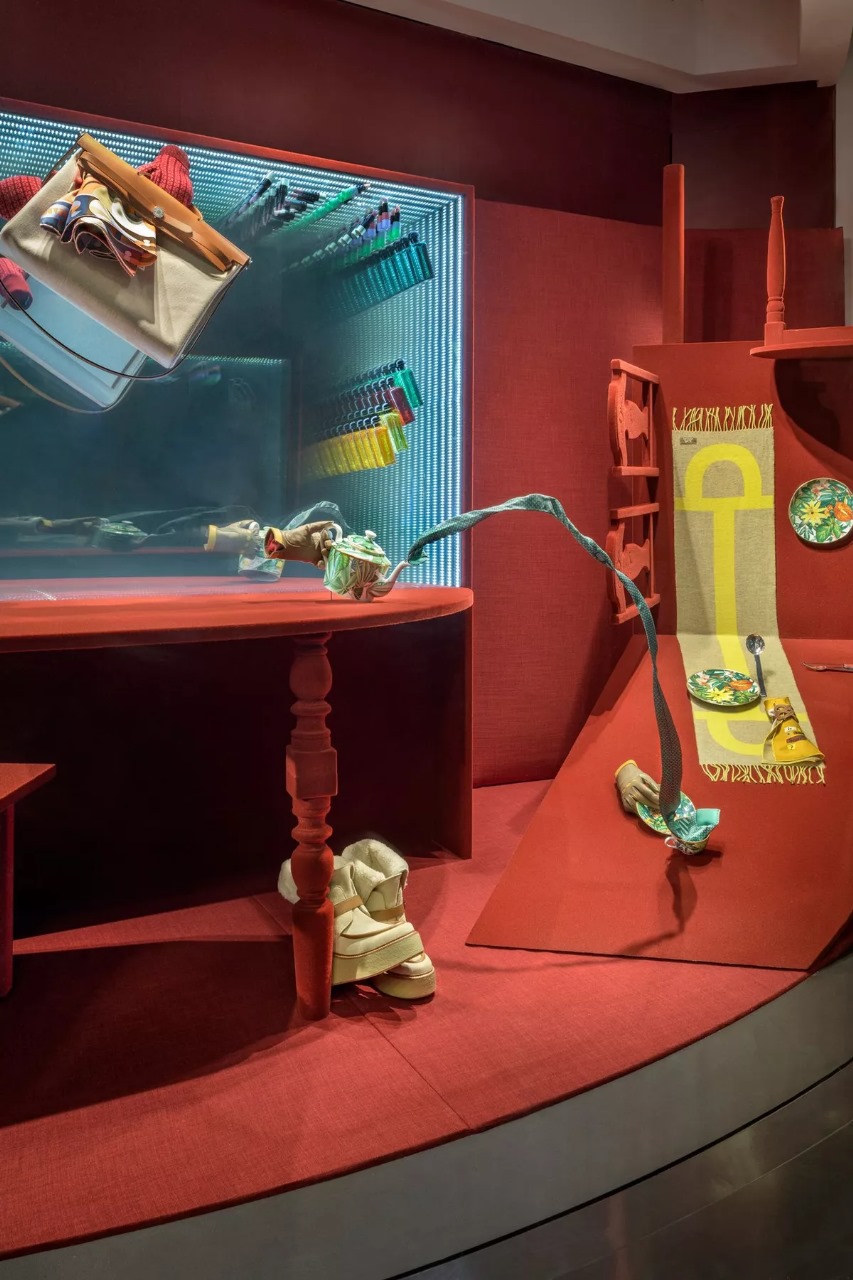
Tableau evolves from floral artistry to immersive design across multiple creative disciplines.
By Ida Rasmussen
Ancient runes reveal insights into love, money, career, style, and health.
By Ida Rasmussen
Your ultimate 2025 Oscars guide: hosts, performances, nominations, and surprises revealed.
By Ida Rasmussen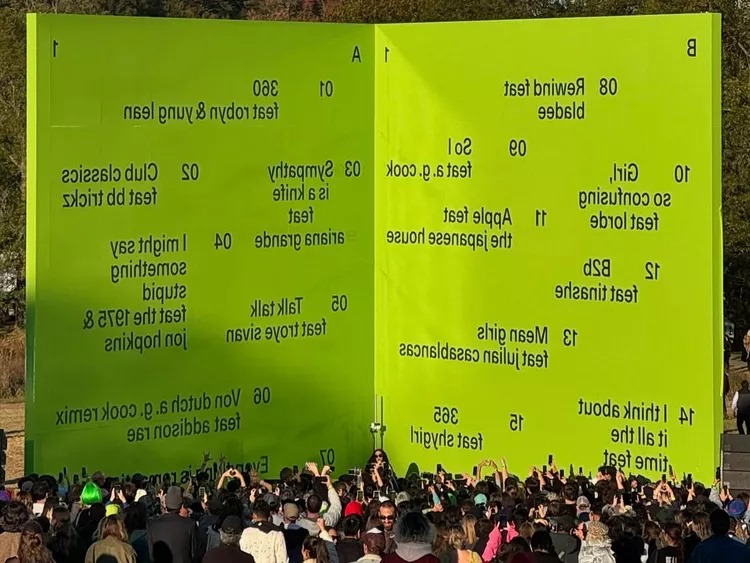
Her remix album Brat and it’s completely different but also still brat features Swedish rapper Bladee.
By Ida Rasmussen